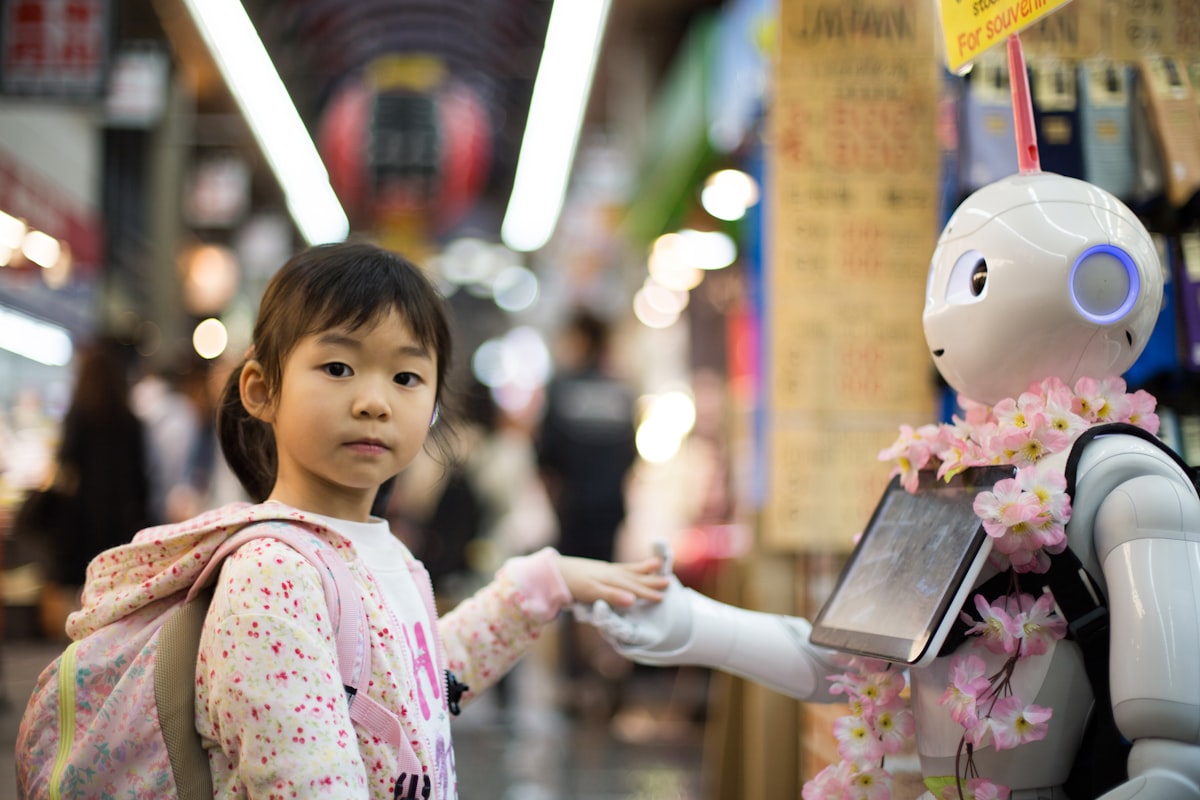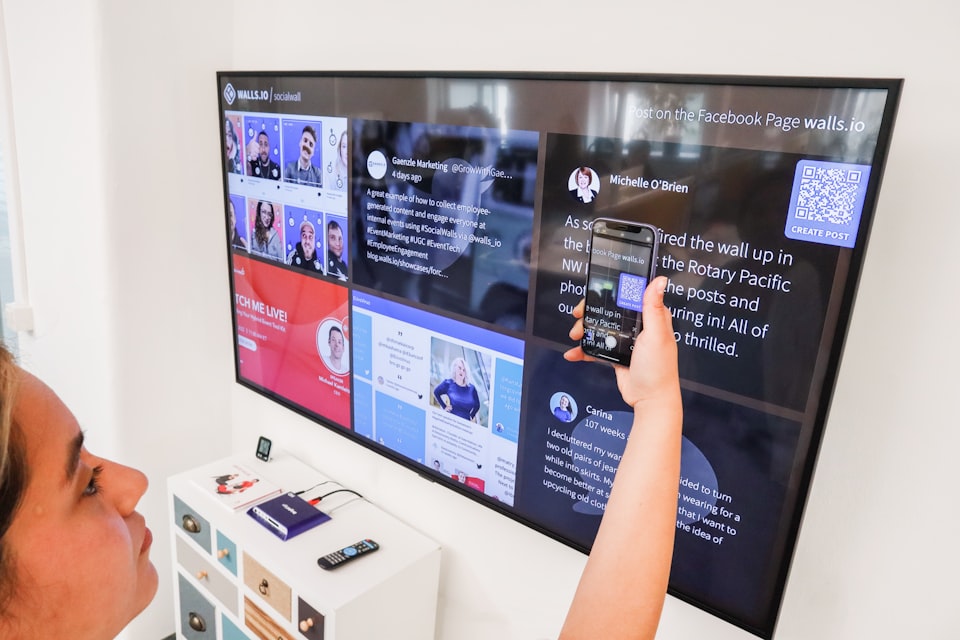Experiential Marketing Evolution

Experiential marketing, AI and machine learning can be combined to create more personalized and data-driven marketing experiences.
AI (Artificial Intelligence) and machine learning are closely related fields that work together to enable intelligent systems. Here's an overview of their relationship:
AI: Artificial Intelligence refers to the broad field of creating intelligent systems that can perform tasks that typically require human intelligence. These tasks include understanding natural language, recognizing objects in images, making decisions, and solving complex problems. AI encompasses a range of techniques, including machine learning, natural language processing, computer vision, robotics, and more.
Machine Learning: Machine learning is a subset of AI that focuses on enabling systems to learn from data and improve their performance without being explicitly programmed. It involves the development of algorithms and models that can automatically analyze and interpret data, identify patterns, and make predictions or decisions. Machine learning algorithms can adapt and learn from new data, allowing the system to continuously improve its performance over time.
Machine learning techniques can enhance various aspects of experiential marketing, such as audience segmentation, content personalization, and performance optimization. Here are some ways in which machine learning can be applied in experiential marketing:
Audience segmentation: Machine learning can analyze customer data, including demographics, preferences, behaviors, and past interactions, to segment audiences more effectively. By understanding different customer segments, marketers can tailor experiential marketing initiatives to specific groups, ensuring that the experiences resonate with their interests and needs.
Personalized content delivery: Machine learning algorithms can analyze customer data and behavior to deliver personalized content and experiences during experiential marketing campaigns. For example, based on past interactions or preferences, machine learning can recommend specific activities, products, or offers to individual customers, creating a more engaging and relevant experience.
Real-time optimization: Machine learning can enable real-time optimization of experiential marketing campaigns. By analyzing data collected during an event or campaign, machine learning algorithms can identify patterns, optimize resource allocation, and make adjustments to enhance the overall experience. For instance, it can dynamically adjust content, timing, or location based on real-time feedback or response rates.
Sentiment analysis: Machine learning techniques can be used to analyze social media feeds, online reviews, or customer feedback in real-time, providing sentiment analysis. This analysis can help marketers gauge the audience's perception of an experiential marketing campaign, identify areas for improvement, and make necessary adjustments to enhance future experiences.
Predictive analytics: Machine learning algorithms can leverage historical data to make predictions and recommendations for future experiential marketing initiatives. By analyzing past campaign performance, customer behavior, and external factors, machine learning can help marketers anticipate trends, forecast outcomes, and optimize resource allocation for upcoming campaigns.
Virtual assistants and chatbots: Machine learning-powered virtual assistants and chatbots can be integrated into experiential marketing experiences to provide interactive and personalized interactions. These AI-powered systems can understand and respond to customer inquiries, guide them through the experience, and provide tailored recommendations based on their preferences and needs.
By incorporating machine learning techniques into experiential marketing, marketers can deliver more personalized, targeted, and optimized experiences. Machine learning enables data-driven decision-making, enhances customer engagement, and improves overall campaign performance, leading to more effective and impactful experiential marketing initiatives.




